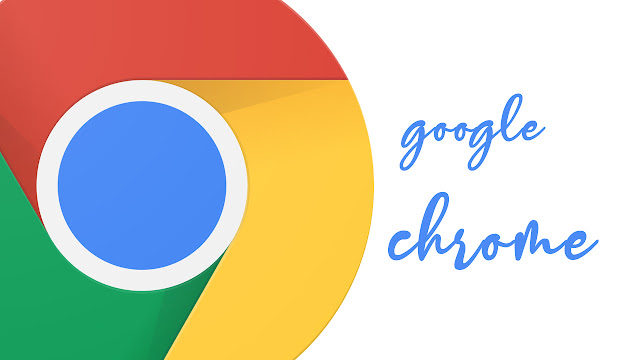The problem first appeared on Wednesday, November 13th, and affected users who were using Chrome on Windows Server Terminal Server systems.

However, the browser maker raised some feathers this week when it introduced an experimental feature that shattered Chrome in many remote enterprise environments such as Citrix. Many IT managers are left confused, because companies typically handle and manage Chrome updates.
"This has had a huge impact on all our call center agents and the inability to chat with our members," said someone with an email address at Costco in an error report. "This had a huge financial impact," the other person said.
Another added: "We have lost a medium-sized call center for a local medical office one and a half days of work for 40-60 employees."
Google Chrome generally has a very fast update cycle, but there are many playback channels if you don't want to stay short and view them with errors. As part of its plan, Chrome adds a switch to switch between regular and incognito tabs, which are still represented by small rectangular cards, each of which can be closed either by scrolling or by a small "intersection" button in the upper-right corner of the page.
The change enabled a new feature for WebContents content, reducing the resources used on hidden tabs. Google simply turned the switch on to enable a new feature for WebContents content created to suspend Chrome tabs when moving other apps on them and reducing resource usage when the browser isn't in use.
According to Google Chrome engineer David Bienvenu, the WebContents Occasion tag was in beta for about 5 months.
To behave badly is an understatement.
"It was run for stability ... through a paid trial against the Chrome version on Tuesday morning. Prior to that, he worked with one of the M77 and M78 customers for a month without a grade rating, unfortunately."
These users said that the issue left Chrome tabs empty, making them unable to use the browser to connect to the Internet.
IT employees began to notice issues early this week when thousands of devices began displaying blank white tabs in Chrome.
IT anger has left IT managers with wasted valuable resources and time trying to solve problems in their environment, and questions about why Google chose to make a silent change to Chrome in the first place.
If the fix does not reach all affected users, and they still have problems, they can manually disable the following tags.

However, the browser maker raised some feathers this week when it introduced an experimental feature that shattered Chrome in many remote enterprise environments such as Citrix. Many IT managers are left confused, because companies typically handle and manage Chrome updates.
"This has had a huge impact on all our call center agents and the inability to chat with our members," said someone with an email address at Costco in an error report. "This had a huge financial impact," the other person said.
Another added: "We have lost a medium-sized call center for a local medical office one and a half days of work for 40-60 employees."
Google Chrome generally has a very fast update cycle, but there are many playback channels if you don't want to stay short and view them with errors. As part of its plan, Chrome adds a switch to switch between regular and incognito tabs, which are still represented by small rectangular cards, each of which can be closed either by scrolling or by a small "intersection" button in the upper-right corner of the page.
The change enabled a new feature for WebContents content, reducing the resources used on hidden tabs. Google simply turned the switch on to enable a new feature for WebContents content created to suspend Chrome tabs when moving other apps on them and reducing resource usage when the browser isn't in use.
According to Google Chrome engineer David Bienvenu, the WebContents Occasion tag was in beta for about 5 months.
To behave badly is an understatement.
"It was run for stability ... through a paid trial against the Chrome version on Tuesday morning. Prior to that, he worked with one of the M77 and M78 customers for a month without a grade rating, unfortunately."
These users said that the issue left Chrome tabs empty, making them unable to use the browser to connect to the Internet.
IT employees began to notice issues early this week when thousands of devices began displaying blank white tabs in Chrome.
IT anger has left IT managers with wasted valuable resources and time trying to solve problems in their environment, and questions about why Google chose to make a silent change to Chrome in the first place.
If the fix does not reach all affected users, and they still have problems, they can manually disable the following tags.

0 Comments